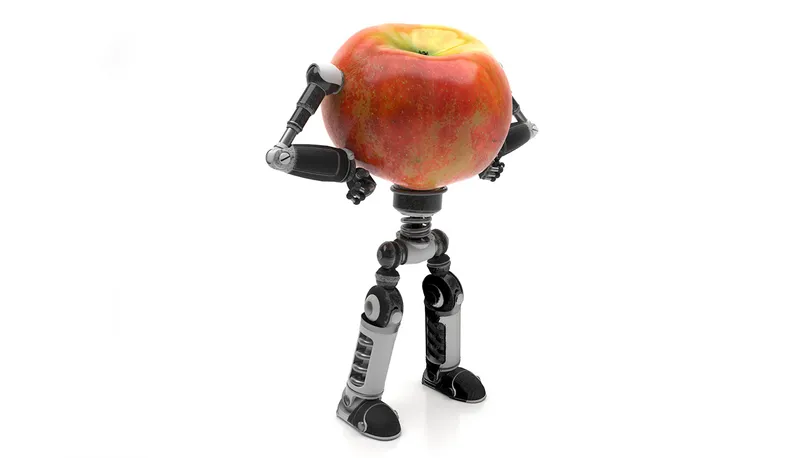Hot on the heels of its launch, Chat Generative Pre-trained Transformer, or ChatGPT as it’s more commonly known by developers OpenAI, continues making waves as its versatile language model software is used to write essays, compose music arrangements, simulate a chatroom and even takes tests.
While its capabilities don’t end there, the advanced technology – like much of the field of artificial intelligence – is largely in its infancy, bringing with it as much promise as it does concerns over how the technology can be used and whether it should be used at all in certain cases.
The aim of this blog is not to wade into the existential waters of whether (or not) a particular usage for ChatGPT is correct(or incorrect). Rather, to provide clear, unbiased information relating to the technology, how it works and what it could mean for the education sector moving forward.
What is ChatGPT?
Before we get into the specific use cases for education, let’s touch upon exactly what ChatGPT is first, shall we?
According to OpenAI:
“ChatGPT: Optimizing Language Models for Dialogue
We’ve trained a model called ChatGPT which interacts in a conversational way. The dialogue format makes it possible for ChatGPT to answer followup questions, admit its mistakes, challenge incorrect premises, and reject inappropriate requests.”
Launched as a prototype on November 30, 2022, ChatGPT is a chatbot that is built upon the GPT-3 family of language models developed by OpenAI. Language models are machine-learning (ML) models that rely on vast, language-rich data and learning techniques to communicate in a humanistic way.
ChatGPT. How does it work?
Based on the version of the language model used – noted as fine-tuned – as users interact with ChatGPT, it employs both supervised and reinforcement learning techniques to gain a better understanding of not just what the chatbot gets right, but highlight what it gets wrong as well and why. This furthers the technologies accuracy and enables it to be better…much like how humans learn from their mistakes.
In fact, those that would like to give ChatGPT a try will “learn about its strengths and weaknesses” according to the developer but will also be able to provide user feedback based on their unique experience with the technology. Did it get something wrong? You’ll be able to flag it and provide additional context to the developer as to why you believe the response(s) are wrong.
Will ChatGPT threaten or benefit EDU?
The billion-dollar question to which there are no conclusive answers just yet, but plenty of stakeholders from both camps are nonetheless throwing their support for and against ChatGPT in the educational space.
Who is right? Which side will prevail? No one truly knows at this time, but what is known is that both sides bring some very real-world points to the discussion table.
ChatGPT Pro
- In an effort to help educators identify AI-generated writing assignments from students attempting to pass them off as original work, OpenAI has released a web-based tool called AI Text Classifier to circumvent abuses. While still a learn-in-progress, the tool can accurately detect 26% of AI-written text, with improvements expected over time and use.
- Professor Darren Hick of Furman University has thought out of the box in anticipation of possible AI-written essays, enacting a policy of throwing out essays deemed to have been written by AI in favor of “an impromptu oral exam on the spot.” He also discusses how the new technology adds color to the classroom, by assigning a prompt to his students that they put into ChatGPT to generate an AI-based essay. They then are instructed to write an essay in their own words based on the AI-based essay to creatively argue what it got right and wrong as part of the assignment.
- The immense data handling prowess ChatGPT wields, like any tool, rests on the intention of the user. For students, using the tool to generate an outline comparing two short stories, then requiring students to ditch their devices and write out their essay based on the data they gleaned from ChatGPT, “not only deepened students’ understanding of the stories. It had also taught them about interacting with A.I. models, and how to coax a helpful response out of one.” For educators, relying on the tool to craft lesson plans, gather essential details regarding discussion topics or simply make short work by summarizing lengthy documents is a time-saving use of advanced technology while preparing students to be productive alongside the AI-infused future.
ChatGPT Con
- New York City Public Schools, the largest school district in the U.S., has disallowed access to ChatGPT on district-owned devices and networks on the basis that it may impact the student’s willingness to learn, or as Jenna Lyle, a Department of Education spokesperson for New York City said, “While the tool may be able to provide quick and easy answers to questions, it does not build critical-thinking and problem-solving skills, which are essential for academic and lifelong success.”
- With its ability to generate sophisticated text in response to just about any user prompt, ChatGPT may signal the end of writing “as a gatekeeper, a metric for intelligence, a teachable skill.” As opined by Daniel Herman, a twelve-year veteran English teacher.
- ChatGPT, even amongst its own developers, is known for its often citing of information as factual even when it is inaccurate at times. As a research tool, these “hallucinations” as they’re referred to aren’t just problematic because they’re wrong, but also because they may sound so authoritative or be presented alongside seemingly reputable citations from known experts in the field, as Teresa Kubacka, Ph.D. in Physics surmised "The moment that you cannot trust the references, it also kind of erodes the trust in citing science whatsoever,” when her chatbot testing resulted in false information being presented as scientific fact.
It's not uncommon to be concerned about the unknown. After all, the future is filled with it and the promise that it holds. The future may be unwritten, but it doesn’t mean that we are solely at its mercy. We have today, and while today’s talk relates to the future of education and AI’s place in the classroom, the inherent yin & yang effect between the high points and pitfalls of the technology set against the benefits to students or detriment to educators, or vice-versa is sliding scale that will ultimately hinge on the perspective of the individual.
Whichever stance you take, Jamf has you covered, by both streamlining access to the controversial tool — or restricting it entirely from managed devices.
by Category:
Have market trends, Apple updates and Jamf news delivered directly to your inbox.
To learn more about how we collect, use, disclose, transfer, and store your information, please visit our Privacy Policy.


